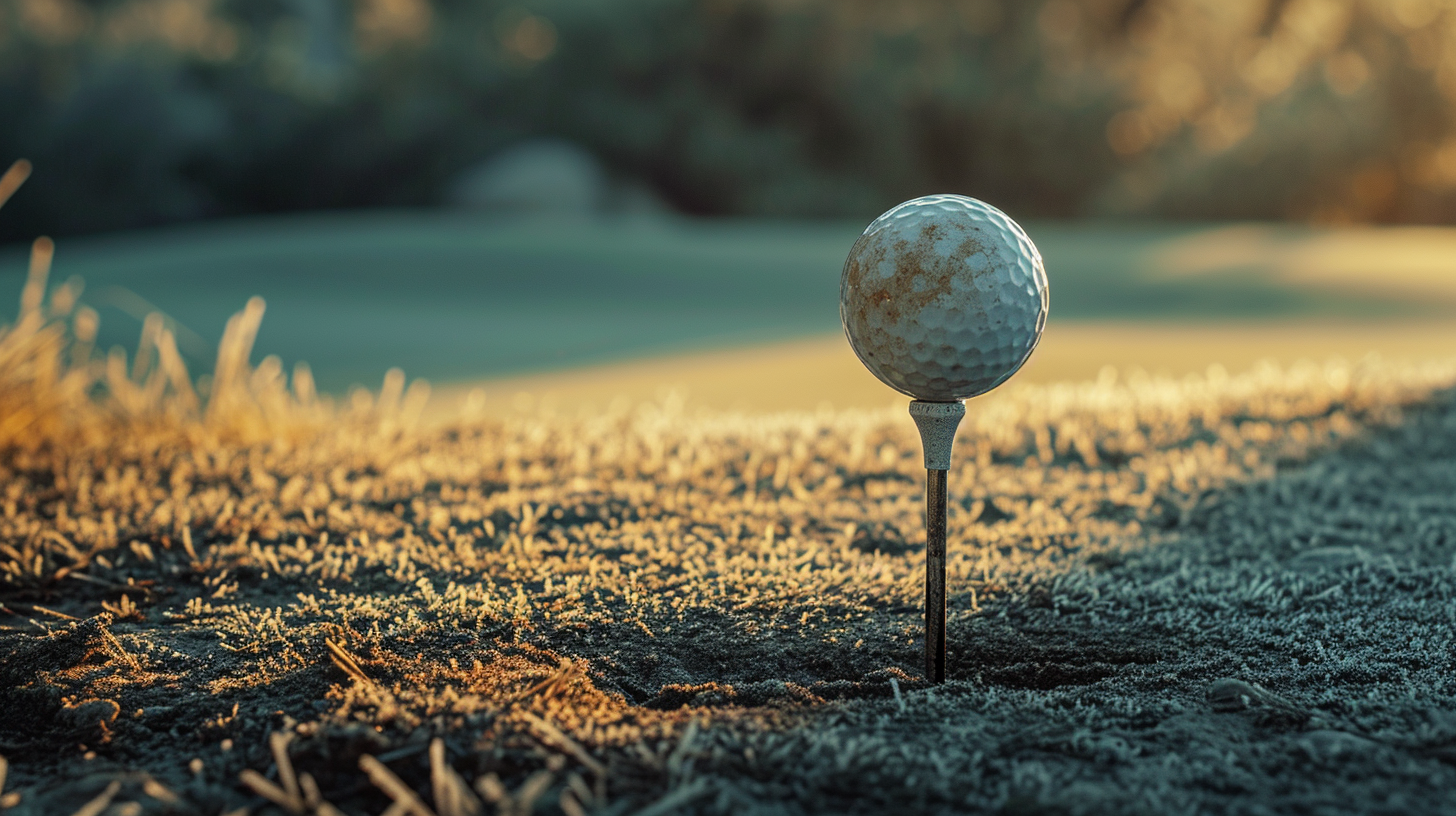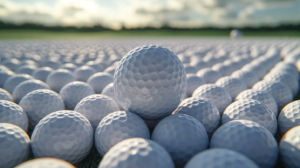That scuffed up lake ball you just fished out doesn’t seem to fly as far as it used to. Makes you wonder – do golf balls go bad?
Golf balls can expire and deteriorate over time and use on the course. Excessive scuffing, UV fading, and compression changes undermine performance.
Let’s dive into the signs your balls are going bad, what impacts their longevity, and how to make them last.
Do Golf Balls Go Bad?
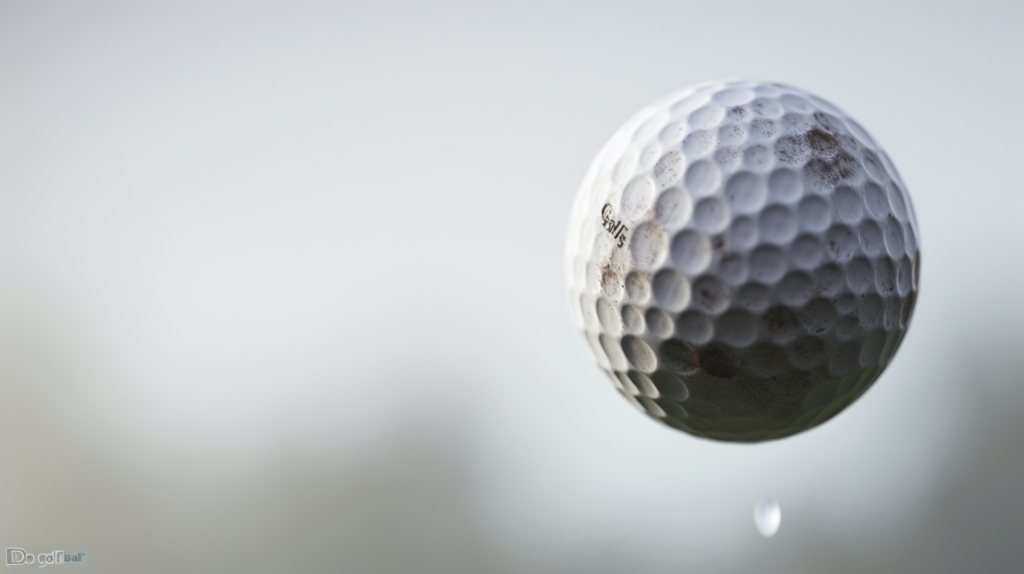
Yes, golf balls absolutely do go bad over time and use out on the course. The materials that make up a golf ball’s outer layers and inner core gradually break down through normal wear and tear from repetitive impact forces, temperature changes, UV exposure, and abrasions.
These structural changes to the components result in deteriorated performance through reduced distance, excessive scuffing, and loss of spin control. So while golf balls are built durable enough to last for a few years, their precise engineering and quality eventually expires after so many rounds.
Investing in fresh replacements at the first signs of deterioration is key to maintaining scoring ability and enjoyment.
Do Golf Balls Expire?
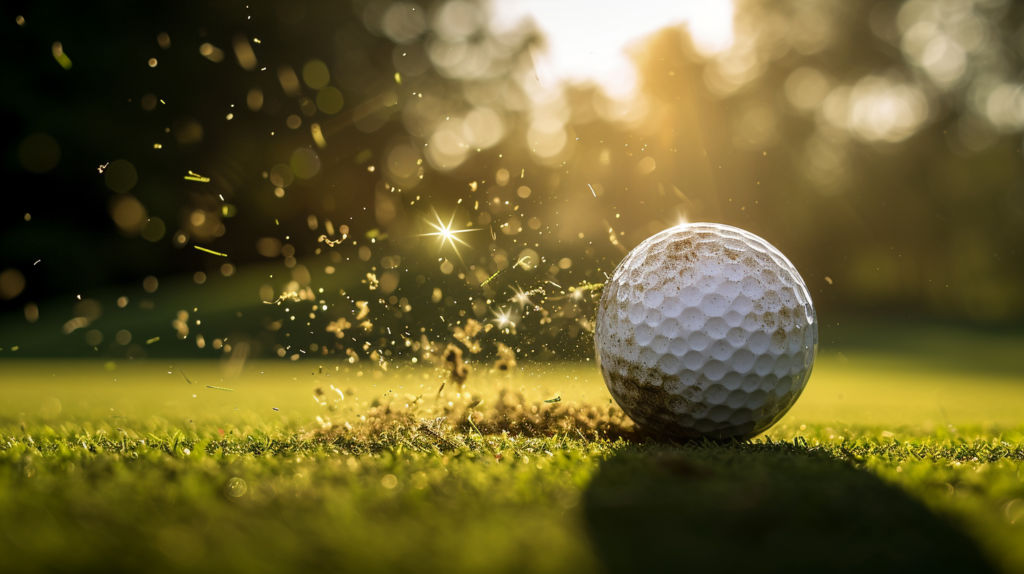
The multilayer constructions of modern golf balls utilize various synthetic rubbers, plastics, and coatings. Like any equipment exposed to excessive UV rays, heat cycles, abrasions and force trauma during play, golf balls can and do physically expire due to these stresses.
While golf balls themselves do not have expiration dates, their materials and structural integrity certainly diminish over rounds of use.
Exposure to extreme heat and cold temperatures accelerates the breakdown of golf ball components.
As the climate fluctuates between warm summers and frigid winters, the materials expand and contract, causing small structural fatigue cracks and surface cracking over repeated cycles. Prolonged direct sunlight fading also degrades the optical brighteners within the covers that help balls look white on the course.
The forces delivered upon impact with clubs degrade ball shells, cores and coatings over time. Though premium balls utilize cast urethane covers to better withstand shearing forces, reminders of each shot taken remain through scuffs and abrasions.
With enough UV dulling, temperature swings and repetitive club-to-ball impacts, golf balls reach the end of reliable performance life.
Signs Your Golf Balls Are Past Their Prime
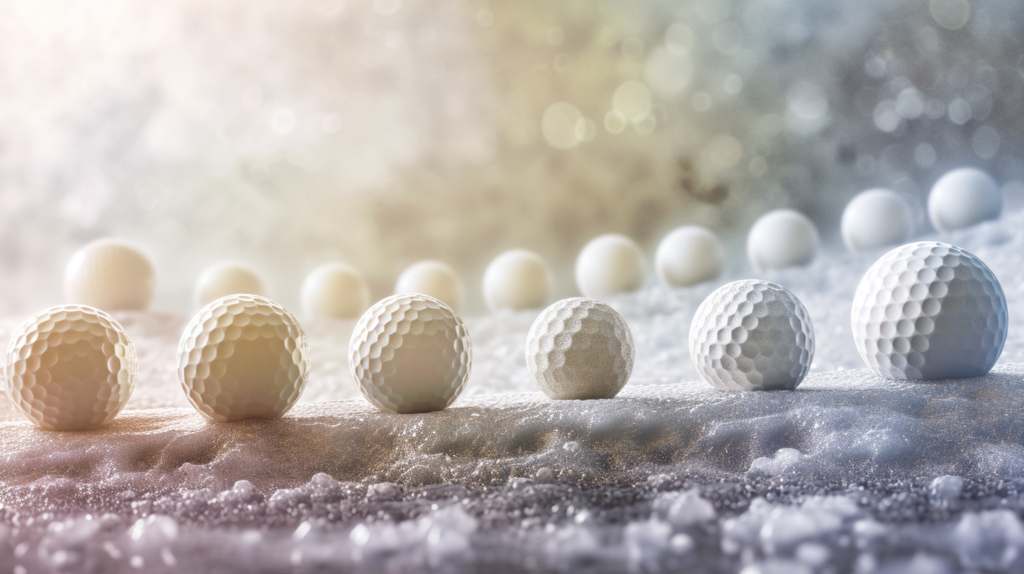
Determining precisely when a specific ball reaches unacceptable playing standards is subject to each golfer’s personal preferences and needs. Excessive scuffing and abrasion issues are obvious visual indicators. Loss of spherical consistency also diminishes proper flight behavior.
The softer urethane skin coatings applied on premium balls are formulated to better withstand impact forces. Cracking, peeling or chipping of these layers suggest significant material fatigue.
Surlyn coatings on distance balls also abrade over time, causing more noticeable nicks, scratches and cavities.
Discoloration from prolonged UV light exposure accelerates changes in visual appearance as well. Whites fade closer to yellow, while color accents on patterned balls can also dull significantly.
This UV fading also negatively affects polymers within the core structures. Bright white balls tend to excel in visibility; it may be wise to err on the side of fresh replacements when uncertain.
Distance loss on worn balls decreases enjoyment for many golfers as well. Lower compression readings and higher driver spin readings strongly indicate core structures have softened.
Excessive iron and wedge spin also demonstrate covers have lost essential friction properties for proper shot execution. Dramatically reduced ball flight distances suggest a ball has surpassed expected lifespan.
While manufacturers utilize durable materials to extend golf ball longevity, keeping vigilant through visual inspection and launch monitor feedback helps determine when balls pass their usable prime. Core and cover structural changes undermine performance.
How Long Do Golf Balls Typically Last?
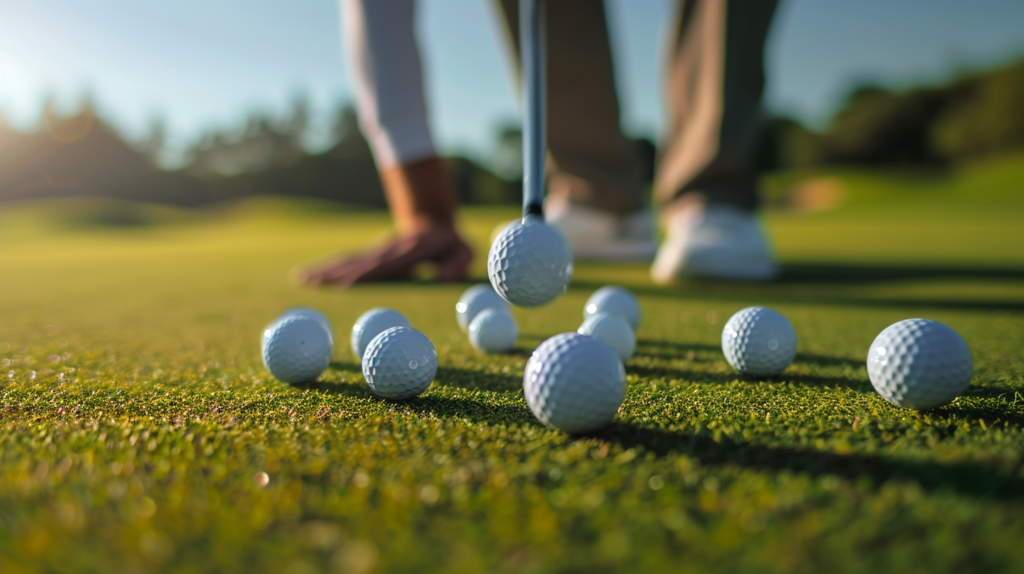
Assessing golf ball longevity depends considerably on the usage frequency and conditions exposed to during play and storage. Recreational players using the same ball for 9-hole rounds may retain reasonable quality for upwards of two to three years.
Avid golfers playing multiple rounds per week tend to churn through balls much quicker in one year or less.
Premium grade balls featuring multi-layer designs with cast urethane covers and advanced polymer blends extend usable life most effectively. Lower compression cores are more resilient to deformation as well.
Alternately, inexpensive beginner balls using Surlyn covers last for significantly fewer holes and may only survive a handful of rounds before exhibiting deterioration.
Proper storage and care between rounds also influences golf ball lifespan. Maintaining room temperature away from heat, cold and sunlight assists greatly.
Ball washers eliminating dirt, debris, grass and residue after rounds also avoid embedded abrasives causing premature surface wear. Following basic guidelines to keep balls in prime condition without environmental extremes can optimize longevity.
As a general rule of thumb, monitoring ball flight distance degradation provides reliable feedback on expire date.
Once drivers and longer clubs demonstrate a 10% loss in overall distance under controlled testing conditions, it is time to replace that model in the current rotation. Visual imperfections also serve to validate phase-out decisions.
Tips to Make Your Golf Balls Last Longer
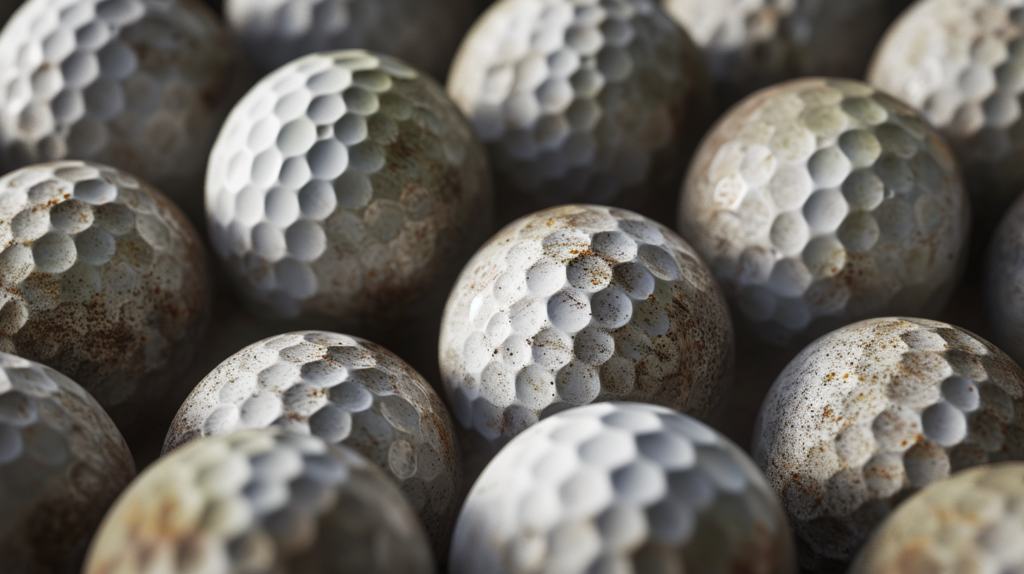
Given the financial investment in keeping fresh sleeves of quality balls handy, several tactics help preserve longevity over more holes played. Rotating different models during rounds or practice sessions distributes impact stresses evenly over more balls in the bag.
Limiting balls used exclusively for high-damage pitching and chipping also avoids prematurely hammering a single model to oblivion.
Washing golf balls is an unexpectedly useful preservation practice as well. Dirt, grass, chemicals and residue build-up on the covers accelerate surface degradation over time.
Basic cleaning removes these longevity threats. Mild soap and water works well, followed by thorough drying before storage.
Taking time to clean balls extends how many more holes they may survive.
Perhaps the simplest way to extend golf ball lifespan relies on proper storage conditions. Keeping temperatures regulated at room level with minimal humidity fluctuations prevents thermal expansion and contraction stresses over days or weeks between games.
Complete darkness avoids UV light degradation on sensitive polymer blends and optical brightening agents as well. Storing balls in lower-traffic, temperate rooms provides meaningful lifespan improvement.
When balls do reach excessive scuffing, abrasion and distance loss stages of deterioration, the most cost-effective move remains replacing them with fresh alternatives ready to deliver best-in-class performance.
Today’s durable high-tech constructions already enable balls to withstand hundreds of cumulative blows. Once worn beyond that resilient lifespan, enjoyment on the course is sure to suffer without new balls.
Conclusion
While golf balls are engineered for durability against repeated club impacts under a wide range of environmental conditions, their lifespan is finite. Material wear, UV fading, and core compression changes all contribute to diminished performance over months or rounds of play.
Keeping vigilant on ball flight distance benchmarks, scuffing and discoloration provides helpful gauge on replacing worn models. With premium storage conditions and proper care, golfers can optimize every ball’s usable life to maintain enjoyment and scoring consistency on the course.
Investing in fresh sleeves year after year keeps your game trending upward.
